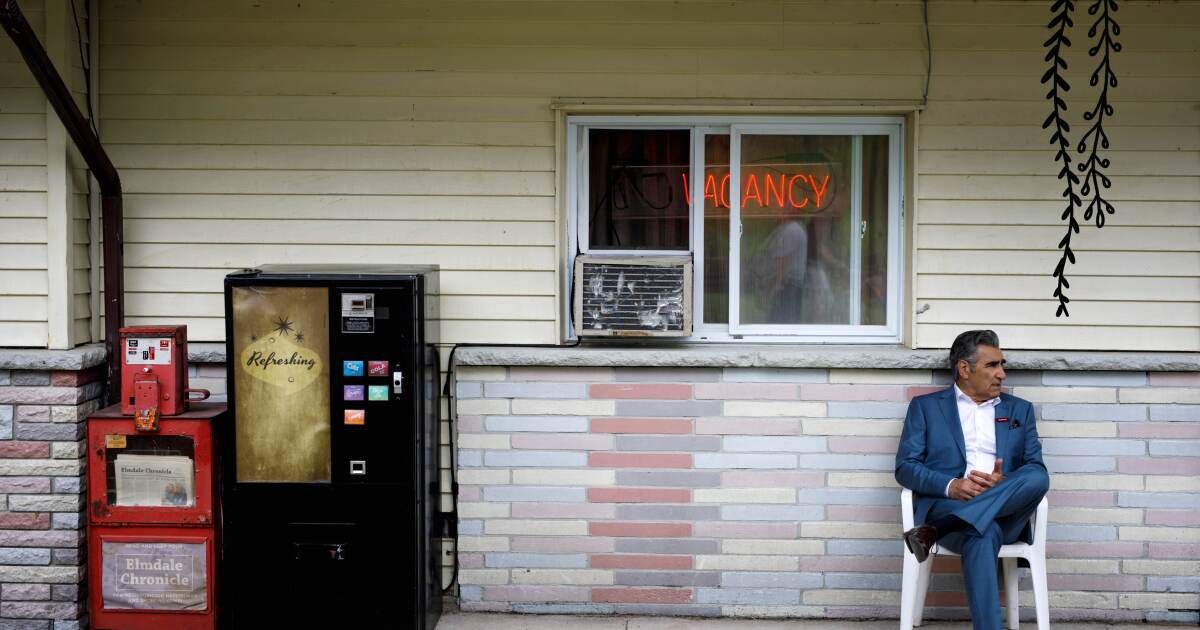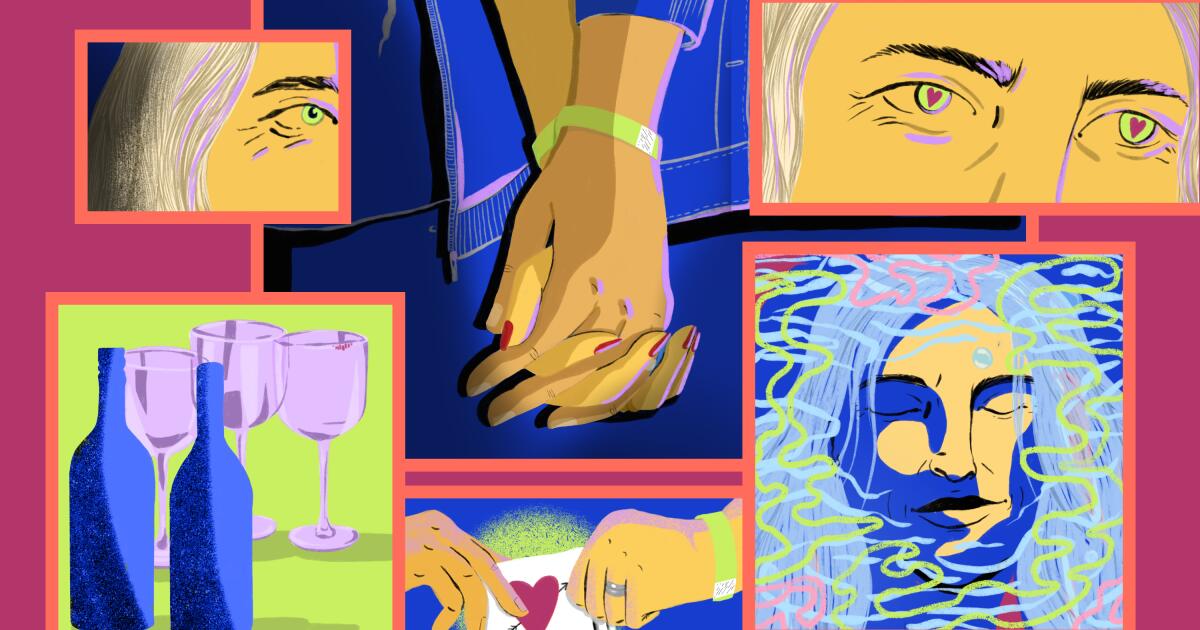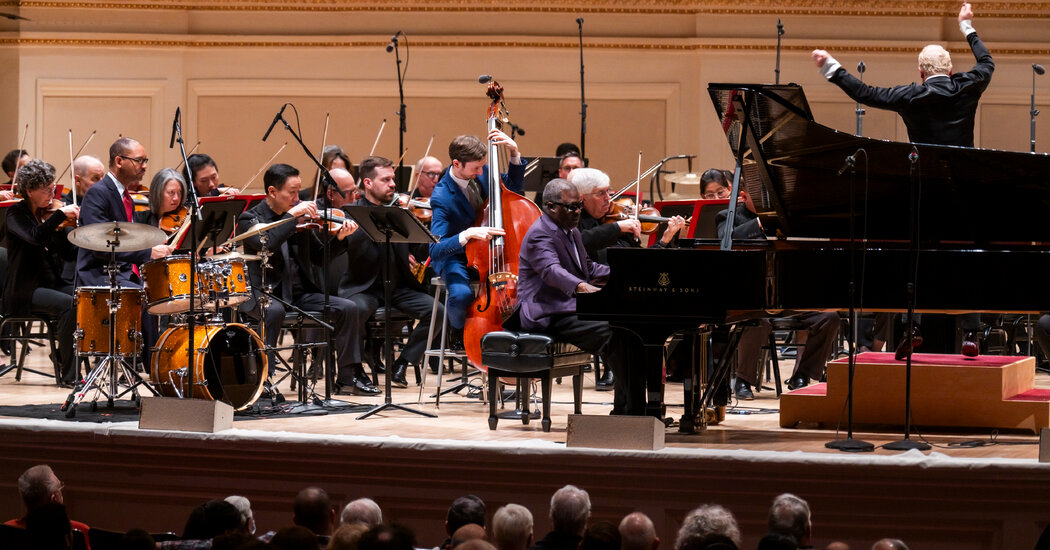Life, death, crime, kitsch, nostalgia, immigrant aspirations and ingenious design: all these elements converge in the world of motels, which did not exist before 1925.
Here are five facts and phenomena of the century of history.
The motel turns 100 years old. Explore the best paradises on the state road, and the best stop along the way.

Where are the magical fingers
From the end of the 1950s to the 80s, thousands of motels proudly announced their magical fingers, a small collection of vibrant electric nodes under their mattress that would give it a “massage” of 15 minutes per 25 cents, inspiring the creators of Kurt Vonnegut to Frank Zappa. Unfortunately, its moment happened. But not everywhere. Morro Bay's Slown Inn, who obtains two diamonds from the club car and charges about $ 70 and more per night, is one of the last motels in the West that still has magical fingers that work, offered (at the original price) in most of its 17 rooms. “We have had the hotel for 41 years, and the magical fingers were here when we started. We simply keep them,” said co -owner Ann Lin. The mother and father -in -law of Ann emigrated from Taiwan and bought the property in 1983.

Motels, Hotels and Patelias
Many motels and small hotels have been family operations for a long time. Sometimes it is the family of the original owner, it is often a family called Patel with roots in the state of Gujarat of India. A recent study of Assic American Hotels owners. He discovered that 60% of American hotels, and 61% of California's, are owned by Asian Americans. Due to an estimate, people named Patel have 80% to 90% of motels in the small city of America. The beginnings of this trend are not safe, but many believe that one of the first Indians to acquire a hotel in the United States was Kanjibhai Desai, buyer of the Goldfield hotel in the center of San Francisco in the early 1940s.

Motels, media and murders
You cannot escape the motel in American pop culture. Humbert Humbert, the deeply spooky narrator of the 1955 novel by Vladimir Nabokov, “Lolita”, shot from motel to motel with his minor victim. Edward Hopper gave us the disturbing 1957 oil painting “Western Motel”. In the movie “Psycho” (1960), Alfred Hitchcock gave life to the Motel Asesino Norman Bates manager. When Frank Zappa made a film about the miserable miserables of a rock band on the tour, he called it “200 motels” (1971). When the writers of “Schitt's Creek” (2015-2020) of television wanted to interrupt a rich and cosmopolitan family, the rosebud motel and its inner walls of blue brick came up. And when A&E executives went to look for a series of true crimes in 2024, they came up with “Murder at the Motel”, which covered a murder in a different motel in each episode.

The Lorraine motel, before and after
The 1968 murder of Dr. Martin Luther King Jr. made Lorraine Motel in Memphis notorious worldwide. But before and after that day, Lorraine played a very different role. Built as a small hotel in 1925 and segted in its early years, the property sold to the black entrepreneur Walter Bailey in 1945. It expanded to become a motel, attracting many prominent African -American guests. In the 1950s and 1960s, Lorena was known by the guest house such as Count Basie, Cab Calloway, Roy Campanella, Ray Charles, Nat King Cole, Aretha Franklin, Lionel Hampton, Wilson Pickett, Otis Redding and Staples singers. After King's murder, the motel fought, closed, then resurfaced in 1991 as the National Civil Rights Museum, now widely praised. The guests follow the history of civil rights through the building, ending in room 306 and its balcony where King was stopped when they shot him.

The man above in the stately house
In 1980, the owner of a Colorado motel named Gerald Foos entrusted the journalist Gay Tale to that he had installed false roof vents in the Manor House motel in Aurora, Colorado, and for years he had been looking at the attic in the guests in bed. The man had begun in the 1960s and continued until the 90s. Finally, in 2016, Talese turned the story into an article by New Yorker and a book, “The voyeur's motel”, causing many positions that had violated journalistic ethics.













